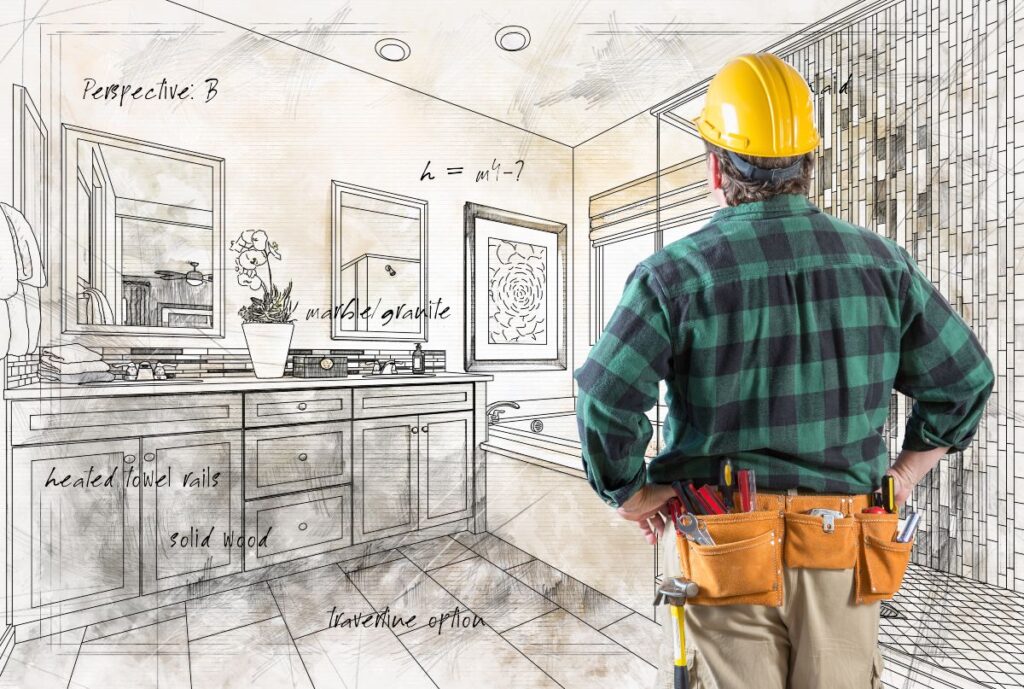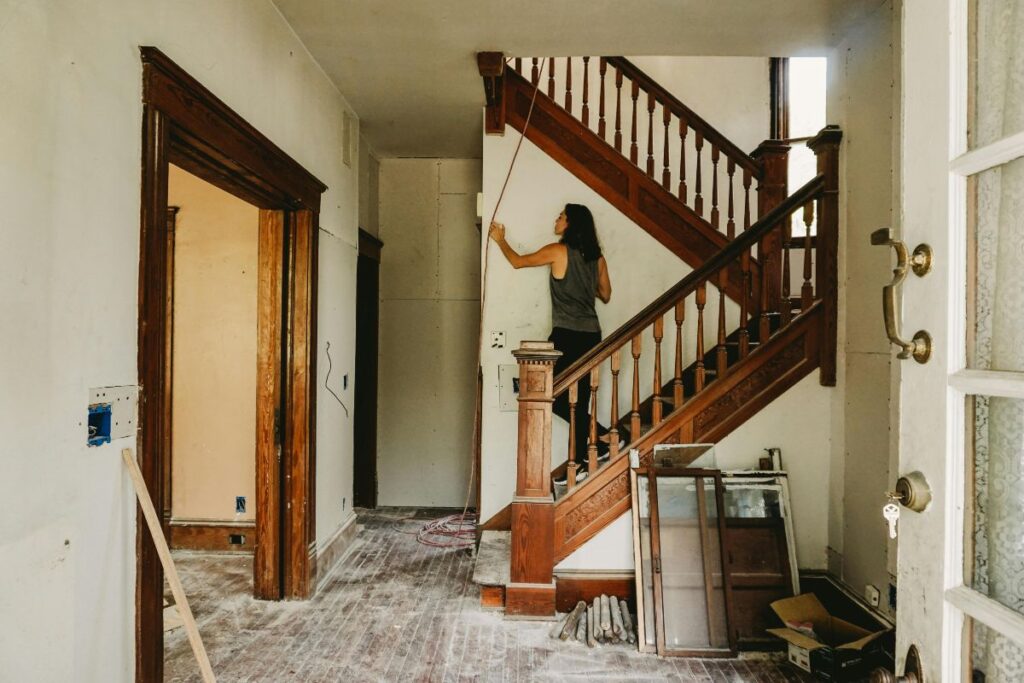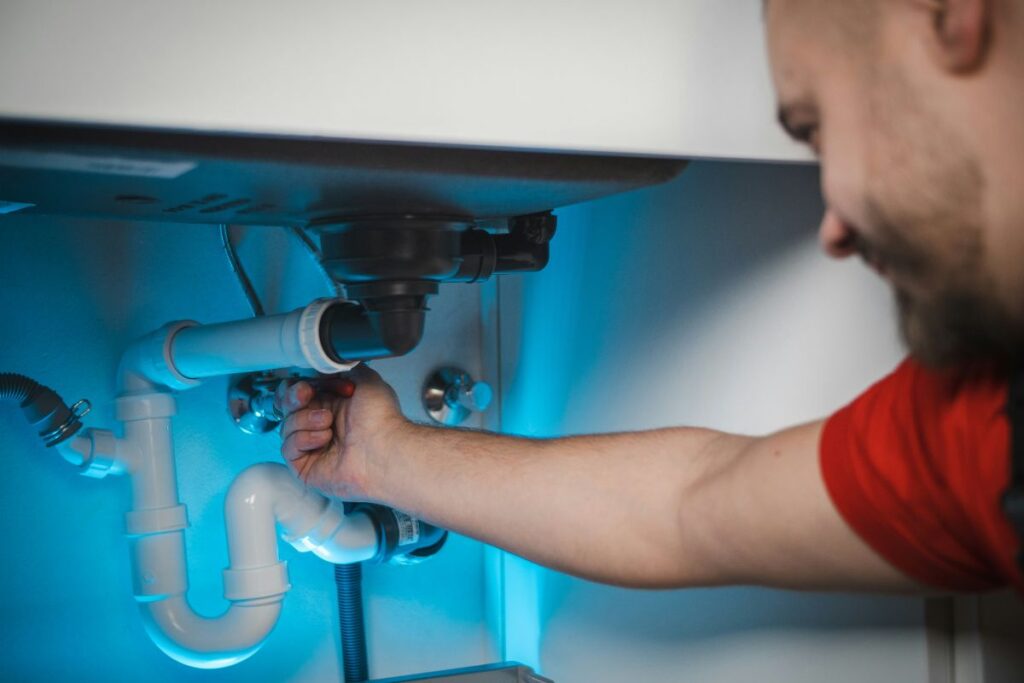EPA Lead Renovation, Repair, and Painting Rule (RRP) for Older Houston Homes
simplicitybath Bathroom Safety
If you own an older home in Houston and are planning a bathroom remodel, it’s crucial to be aware of the EPA’s Lead Renovation, Repair, and Painting Rule (RRP). This rule is designed to protect you and your family from lead-based paint hazards, which can be especially prevalent in homes built before 1978.
In this article, we’ll break down the RRP rule, explain why it matters, and outline how it impacts your bathroom renovation project.
What is the EPA RRP Rule?
The RRP rule, enacted by the Environmental Protection Agency (EPA), requires contractors who perform renovation, repair, and painting projects that disturb lead-based paint in homes built before 1978 to be certified and follow lead-safe work practices. This includes common bathroom renovation activities like:
- Demolition: Removing old tile, walls, or fixtures.
- Sanding: Smoothing surfaces before painting or refinishing.
- Cutting: Altering walls, floors, or ceilings.
- Replacement: Installing new windows, doors, or trim.
According this rule, property owners must receive the EPA’s Renovate Right pamphlet first before work begins. After completing the project, contractors must clean the area thoroughly and verify that it meets lead-safe standards.
It is estimated that lead-based paint is present in more than 24 million homes nationwide, making it a widespread concern.
Why is Lead-Based Paint Hazardous?
Lead is a toxic metal that can cause serious health problems, especially in young children and pregnant women. Exposure to even small amounts of lead can lead to:
- Developmental delays: Learning difficulties, behavioral problems, and lower IQ.
- Neurological damage: Impaired cognitive function, seizures, and coma.
- Physical health issues: Kidney problems, anemia, and high blood pressure.
Lead-based paint in older homes can deteriorate over time, creating lead dust that can be inhaled or ingested. Disturbing lead-based paint during renovations can significantly increase the risk of exposure.
To highlight how serious lead is to humans, lead poisoning affects approximately 500,000 children annually in the U.S., with many cases linked to lead-based paint in older homes.
Why is the RRP Rule Important for Older Houston Homes?
Houston boasts a rich history, and many homes were built before the 1978 ban on lead-based paint. While these homes offer charm and character, they also present potential risks associated with lead exposure.
Health Risks of Lead Exposure
Lead exposure poses serious health risks, especially to young children and pregnant women. According to the Centers for Disease Control and Prevention (CDC), lead poisoning can cause developmental delays, learning difficulties, and even organ damage. They also added that no safe blood lead level in children has been identified, highlighting the importance of preventing any exposure.
Compliance is Legally Required
Failing to comply with the EPA’s RRP Rule can result in substantial penalties. Contractors and property owners can face fines of up to $37,500 per violation. If a person knowingly violates the RRP Rule, they can face criminal penalties, including fines up to $50,000 per day of violation and imprisonment for up to one year.

Following the rule protects you legally and ensures the safety of your family and the environment.
Environmental Impact
Lead particles can contaminate soil and water, creating long-term environmental hazards. Following lead-safe practices during renovations helps reduce these risks, preserving Houston’s neighborhoods for future generations.
How Does the RRP Rule Protect You?
The RRP rule mandates that certified renovators use lead-safe work practices to minimize lead dust and debris during your bathroom renovation. These practices include:
- Containment: Isolating the work area with plastic sheeting and drop cloths to prevent lead dust from spreading.
- Prohibited work practices: Avoiding certain practices that generate excessive lead dust, such as open-flame burning or power sanding without HEPA vacuum attachments.
- Cleanup: Using specialized cleaning methods like HEPA vacuuming and wet wiping to remove lead dust.
- Waste disposal: Properly disposing of lead-contaminated materials.
What Should Houston Homeowners Do?
1. Determine if your home has lead-based paint.
If your home was built before 1978, it’s essential to determine if it contains lead-based paint. You can hire a certified lead inspector in Texas or use a lead-based paint test kit.
2. Hire a certified renovation contractor.
Ensure your chosen contractor is EPA RRP certified. You can verify their certification here.

3. Get a lead-safe work practices pamphlet.
Your contractor is required to provide you with an EPA pamphlet called “Renovate Right” before starting work. This pamphlet explains the RRP rule and how to protect your family during renovations.
4. Communicate with your contractor.
Discuss your concerns about lead safety with your contractor and ensure they understand and follow the RRP rule’s requirements.
Penalties for Non-Compliance
Failing to adhere to the EPA’s Lead Renovation, Repair, and Painting (RRP) Rule can have serious consequences for homeowners and contractors alike. Non-compliance can result in significant financial penalties, with fines reaching up to $50,000 per violation. In addition to monetary repercussions, violators may face legal actions and damage to their professional reputation.
Ensure your renovation project is handled responsibly and in compliance with all safety regulations. Contact Simplicity Bath today for a free consultation and let’s discuss your bathroom remodel the right way.


























